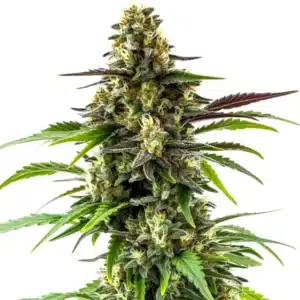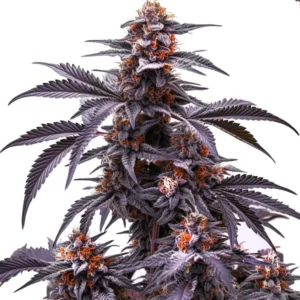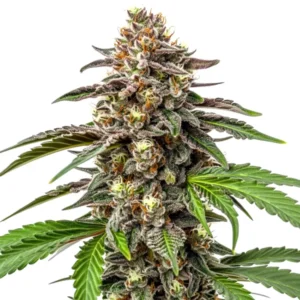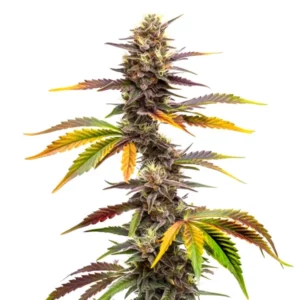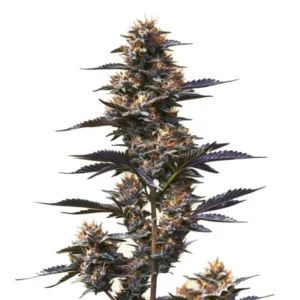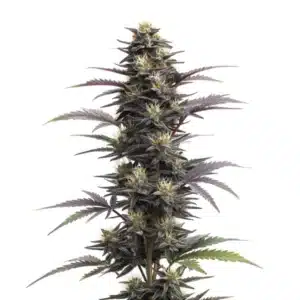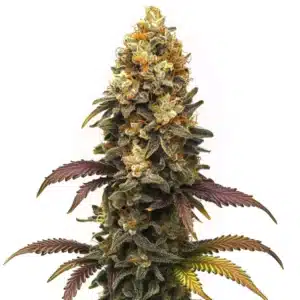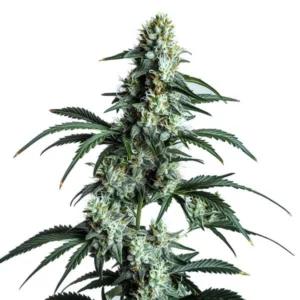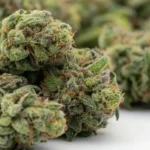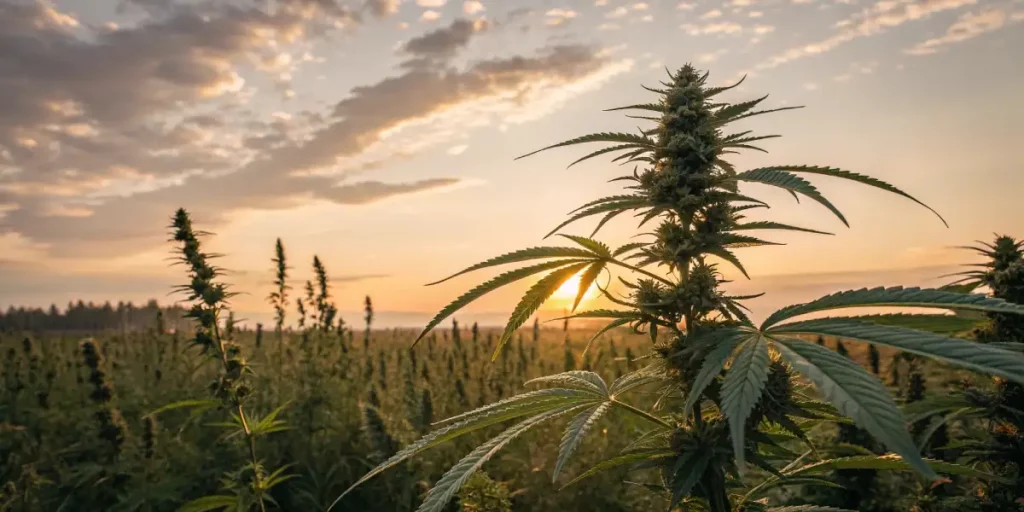
Secondary Metabolites in Cannabis
Beyond the familiar THC and CBD, cannabis plants produce a complex mix of compounds known as secondary metabolites. These compounds, including terpenes and flavonoids, play a vital role in the plant’s survival and contribute to the unique effects of different cannabis strains, offering potential benefits to us as well. Knowing these secondary compounds can help you choose the right strain for your needs.
What are Secondary Metabolites?
Secondary metabolites are compounds produced by plants that don’t play a direct role in primary functions like growth, but instead serve other purposes like defending the plant from pests or attracting pollinators. In cannabis, these include terpenes, flavonoids, and minor cannabinoids. They are responsible for the unique aroma and flavor of each strain, and they can also influence the effects of cannabinoids like THC and CBD.
Recommended Strains
Black Jack
|
|
THC | 15% - 19% (Medium) |
|
|
Type | Feminized |
|
|
Yield | Medium |
|
|
Phenotype | 55% Indica / 45% Sativa |
Black Jack Auto
|
|
THC | 17% - 19% (Medium) |
|
|
Type | Autoflowering |
|
|
Yield | Medium |
|
|
Phenotype | 45% Indica / 55% Sativa |
The Importance of Terpenes
Terpenes are one of the most important groups of secondary metabolites. These compounds are responsible for the unique scent of each strain, from the citrusy aroma of Super Lemon Haze to the piney scent of Jack Herer. But terpenes do more than just smell good.
This is where the ‘entourage effect’ comes in: terpenes and flavonoids have their own medicinal effects and also help the main cannabinoids, like THC and CBD, to be more effective. When these compounds are consumed together in the whole plant, their synergy creates a greater medicinal effect than any of them would have separately. For example, limonene is thought to promote relaxation, while pinene may help counteract the memory-impairing effects of THC.
Flavonoids and Minor Cannabinoids
Flavonoids are another group of compounds that contribute to the color and flavor of each strain and offer their own unique health benefits. For example, cannflavin A and B, two flavonoids unique to cannabis, have been shown to have anti-inflammatory properties.
Minor cannabinoids, like CBG and CBN, are another important group. While present in smaller amounts, they can have potent effects. For example, CBG may have antibacterial effects. CBN is a good example of how cannabinoids can change, as it is not produced directly by the plant in large amounts. Instead, it is formed when THC degrades and oxidizes due to exposure to heat and light over time, which gives it more sedative properties.
Promos & Deals
The Importance of Secondary Metabolites in Cannabis Cultivation
Secondary metabolites also play an important role in cultivation. They can affect the plant’s resistance to pests and disease, its growth rate, and even its yield. For example, certain terpenes are thought to deter pests. By choosing a strain with a robust terpene profile, like BC Diesel, you can improve the resilience of your crop.
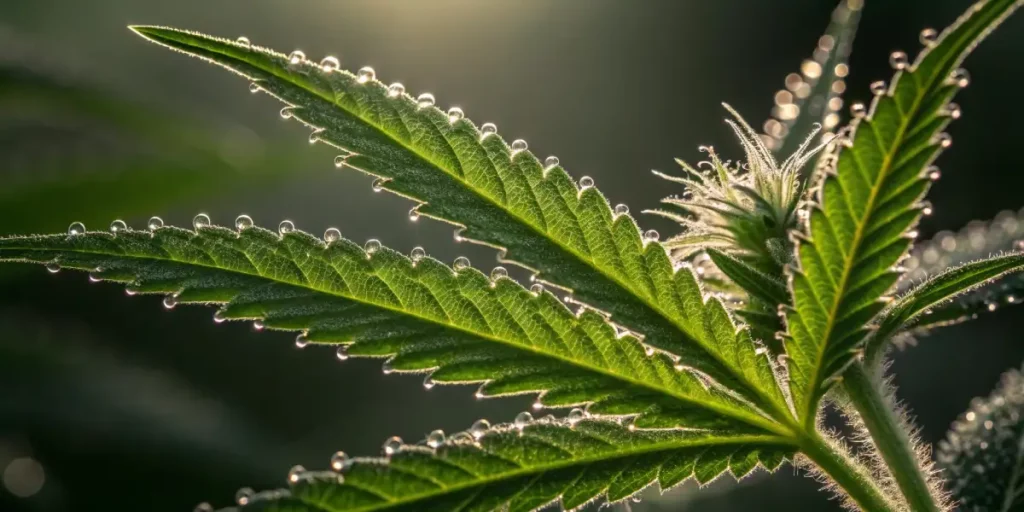
Extraction of Secondary Metabolites in Cannabis
There’s a lot of interest in extracting these compounds from the plant. The process can be complex, involving solvents, heat, and pressure to separate the compounds from the plant material. The result is a concentrated extract that contains a high level of these secondary metabolites, which can be used to make products like tinctures, edibles, and vape oils.
However, it’s important to understand the trade-off of extraction. While the cannabis plant conserves all of its secondary metabolites in their natural concentrations, the extraction process can change this balance. Extractions often lose some of the more delicate compounds while maximizing and concentrating others, like THC. This is why the effect of a concentrate can be different from that of the whole flower.
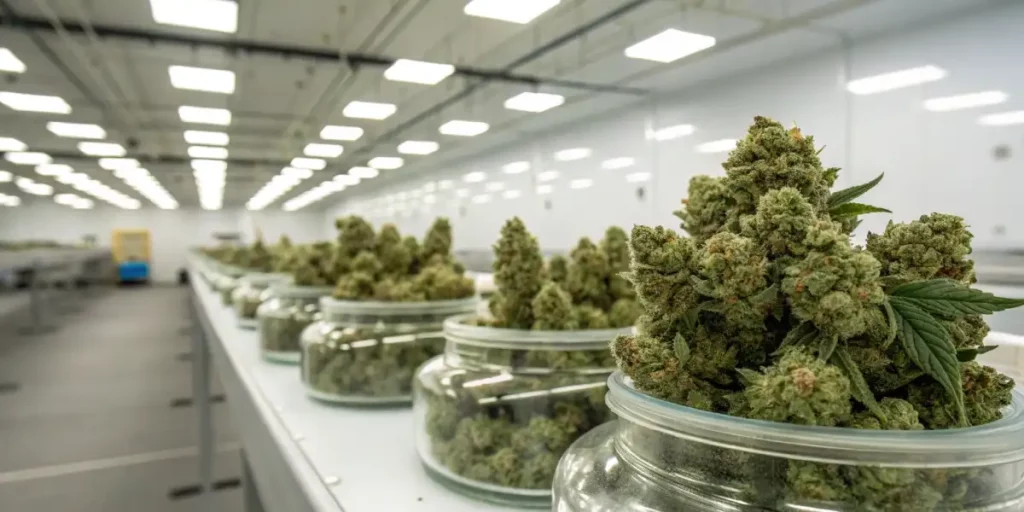
FAQs
What are the benefits of secondary metabolites in cannabis?
They enhance the effects of cannabinoids (the entourage effect) and offer their own health benefits, from anti-inflammatory and antioxidant effects to potentially influencing mood and relaxation.
How do secondary metabolites affect the cultivation of cannabis?
They play an important role in a plant’s defense against pests and diseases. A rich profile of these compounds can lead to a more resilient and productive crop.
How can I extract secondary metabolites from cannabis?
Extraction can be done using various methods, including CO2, ethanol, or solventless techniques like rosin pressing. The chosen method can affect the quality and composition of the final extract.
Can I use secondary metabolites in cannabis for medical purposes?
There is significant interest in their medical uses due to their wide range of potential benefits. However, this is still a growing field of research, and use for medical purposes should always be done under the guidance of a healthcare professional.
Which strains are rich in secondary metabolites?
Different strains have different profiles. Strains like Sour Diesel or Super Lemon Haze are known for specific, rich terpene profiles. Seed banks like Blimburn Seeds often provide information on the terpene profile of each strain.


